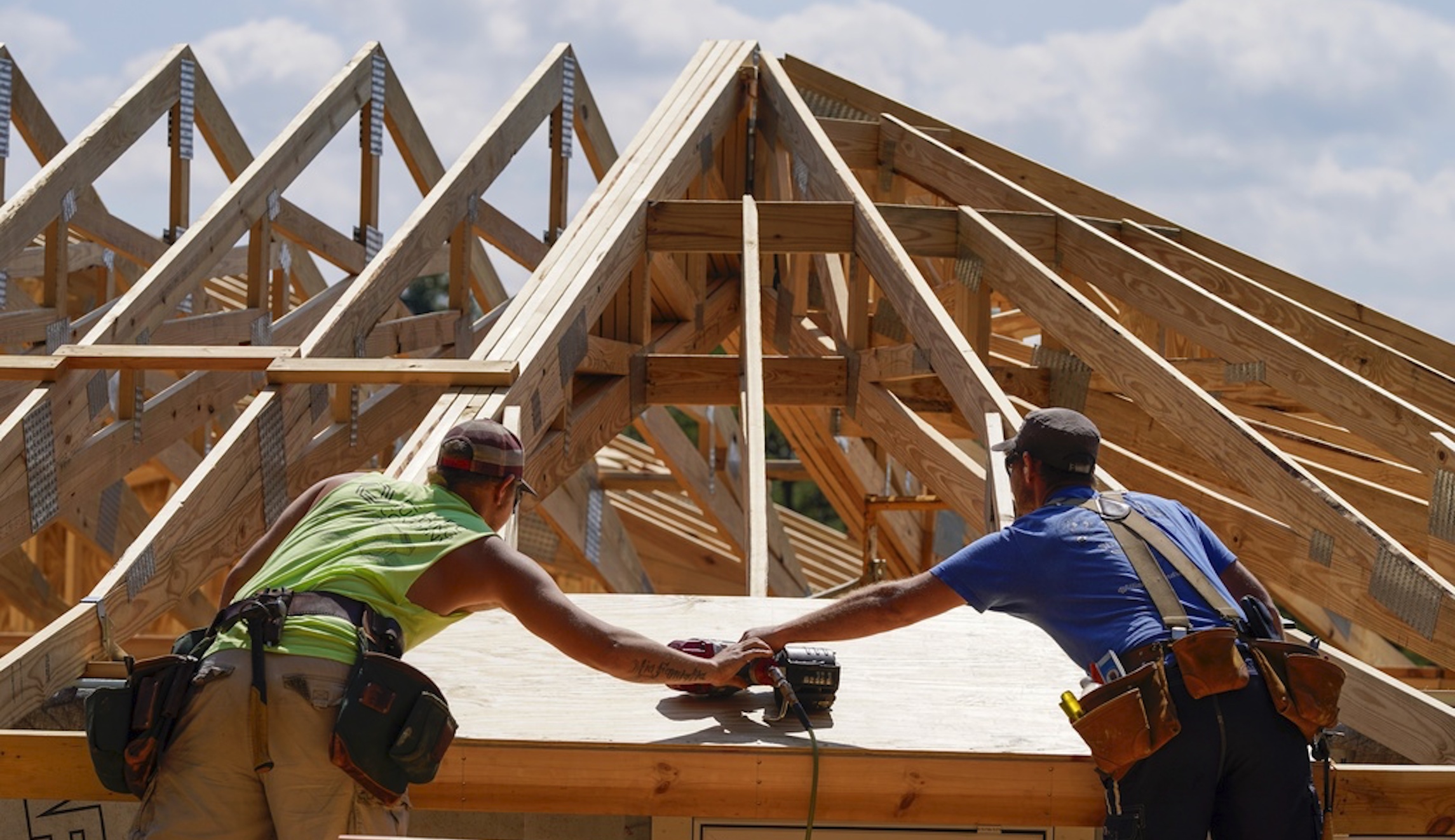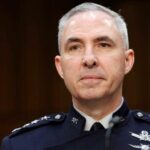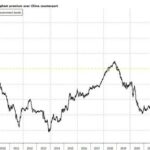

The economy will expand by more than previously expected this year and the Federal Reserve will likely pull off a “soft landing,” avoiding a recession, leading business economists said in a new survey.
The monthly survey, which was conducted by the National Association for Business Economics in February and released on Monday, found that more than three dozen economists now predict GDP to expand by 2.2% this year, a significant increase from the 1.3% growth that was forecast back in December.
“The stronger February growth forecasts for 2024 result from upward revisions to key sectors of the economy, including personal consumption expenditures, nonresidential fixed investment, residential investment, and government consumption expenditures and gross investment,” said NABE President Ellen Zentner, who is also the chief U.S. economist at Morgan Stanley.
Furthermore, a large majority of economists, 76%, said there will be a soft landing this year. A soft landing describes a scenario in which the Fed is able to tamp down inflation through tighter monetary policy without knocking the economy into a recession.
The Fed has been raising interest rates since March 2022, driving its target rate to 5.25% to 5.50% where it has been since the central bank paused its rate hikes in July. Higher interest rates drive down inflation by dampening demand. Yet many economists fear that the Fed risks pushing the economy into recession if it keeps them too high for too long.
Economists believe the central bank is eyeing a pivot to cutting interest rates at some point this year. The forecast date for such a move, though, has been pushed back in light of recent inflation reports that have come in a bit hotter than expected.
At the end of last year, the consensus among investors was that the first rate cut would likely come after the central bank’s March meeting — but now it appears more likely to happen in the second quarter.
Nearly 30% of the NABE panelists expect the pivot to occur after the Fed’s April 30-May 1 policy meeting, while just over half expect the first rate cut to happen after its June meeting. The others expect an even later start date for policy easing.
CLICK HERE TO READ MORE FROM THE WASHINGTON EXAMINER
That’s roughly in line with investors who also think a pivot is most likely to occur in June, according to the CME Group’s FedWatch tool, which calculates the probability using futures contract prices for rates in the short-term market targeted by the Fed.
The Fed’s goal is 2% long-run inflation. Inflation fell three-tenths of a percentage point to 3.1% for the year ending in January, according to the most recent consumer price index report. Economists had expected that inflation would cool to 2.9%, so the report showed less improvement than officials had hoped.







